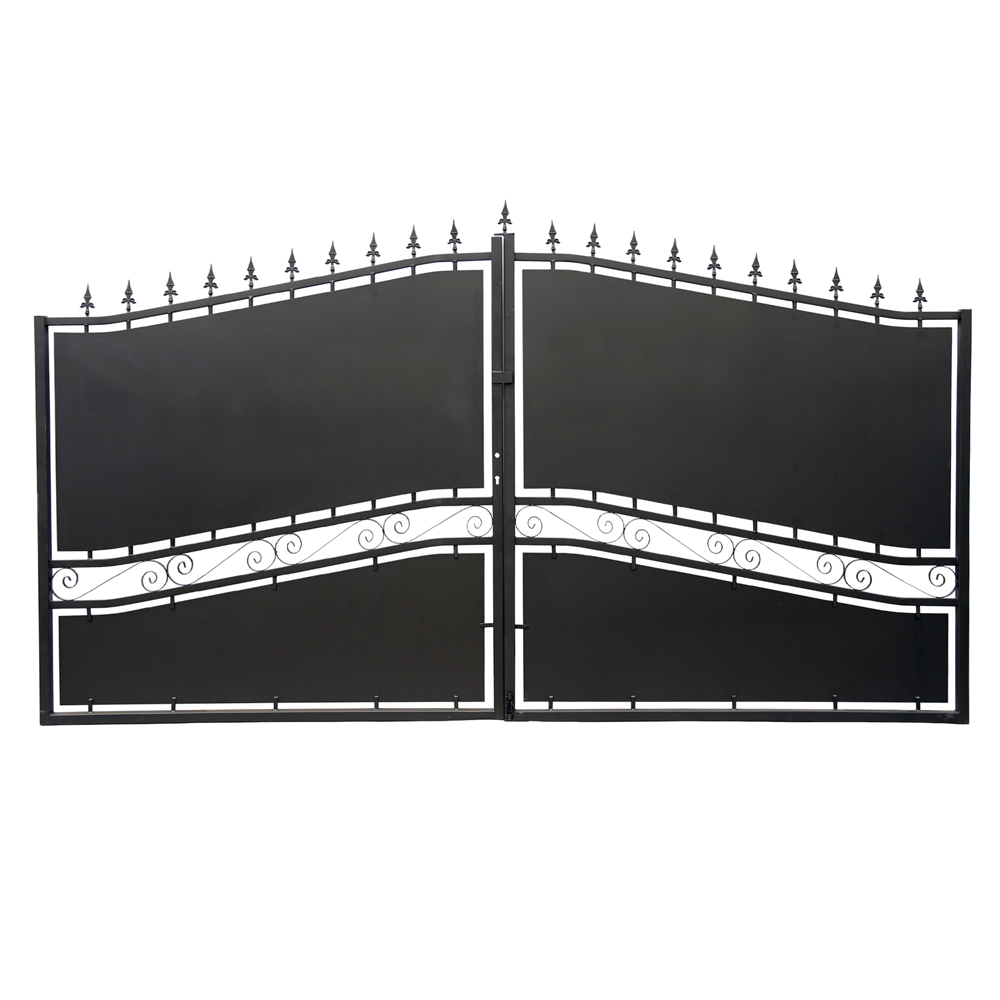installing metal edging
10 月 . 22, 2024 07:13
Installing Metal Edging A Step-by-Step Guide
Metal edging is a popular choice among homeowners and landscapers for its durability and sleek appearance. It provides a clean separation between garden beds, lawns, and pathways, while also helping to prevent the encroachment of grass and weeds. If you’re considering installing metal edging in your yard, this article will guide you through the essential steps to achieve a professional look.
Materials Needed 1. Metal edging strips (aluminum or steel) 2. Stakes or anchors 3. A sledgehammer or rubber mallet 4. A level 5. A garden spade or shovel 6. A measuring tape 7. A chalk line or marking paint 8. Safety gloves and goggles
Step 1 Planning and Measuring Before you start, plan the layout of your metal edging. Measure the area where you want to install it, ensuring that it follows the desired curves or straight lines. Use a chalk line or marking paint to outline the path of the edging. This step is crucial, as it sets the tone for the entire project.
Step 2 Digging the Trench Once you have your outline, use a garden spade or shovel to dig a trench. The trench should be deep enough to accommodate the height of the metal edging, typically around 4 to 6 inches deep. A wider trench will accommodate for the stability of the edging. Make sure the sides are straight and the bottom is level to ensure a uniform installation.
Step 3 Preparing the Edging Before placing the metal edging in the trench, check the metal strips for any sharp edges. If necessary, use a file or sandpaper to smooth out any rough spots to prevent injury. If you’re using longer strips, consider cutting them to fit your measurements using a metal saw.
installing metal edging

Step 4 Installing the Metal Edging Insert the metal edging into the trench, ensuring that it is aligned with your outlined path. Use a level to make sure it sits flush with the ground. For added stability, drive stakes or anchors into the ground adjacent to the edging. Space these anchors every few feet, depending on the length and type of metal edging.
Step 5 Securing the Edging Once the edging is in position, use a sledgehammer or rubber mallet to gently tap the stakes into the ground. This will secure the edging firmly in place. Be cautious not to damage the metal while doing this. The edging should be sturdy and able to withstand pressure without shifting.
Step 6 Backfilling After the metal edging is installed securely, backfill the trench with the soil you previously removed. Ensure it’s packed tightly around the edging to prevent any movement. Water the area lightly to help settle the soil.
Step 7 Final Touches Finally, clean any debris from the area and make any necessary adjustments to the soil and landscaping around the metal edging. Your new metal edging is now ready to serve its purpose, providing both functionality and aesthetic appeal to your garden.
In conclusion, installing metal edging can be a straightforward DIY project that enhances your landscape. By following these steps, you’ll achieve a professional-looking installation that will stand the test of time. Enjoy the beautiful, organized appearance of your outdoor space!




















